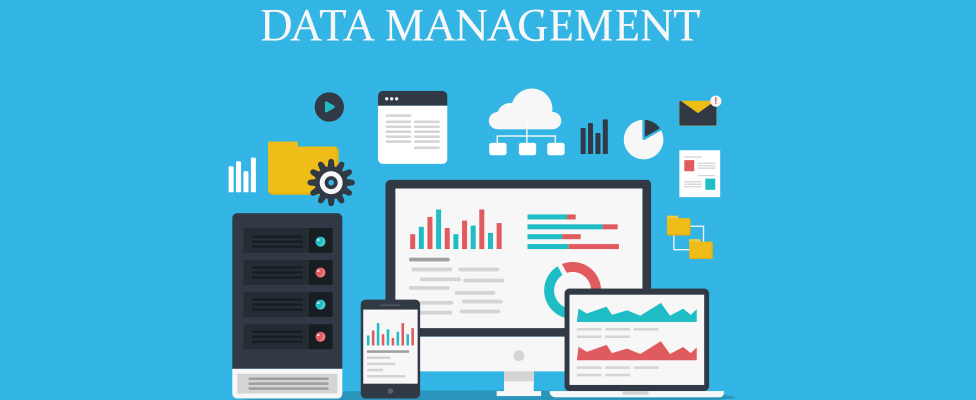
Reducing the Impact of Bad Data on Your Business
These 5 validation tools will help you keep your contact information up to date.
- By Geoff Grow
- July 6, 2018
Your contact data often goes bad more quickly than yesterday's lunch. The annual cost to U.S. businesses from this bad data is on the order of $3 trillion, according to the Harvard Business Review. These costs include wasted human effort and resources, undetected fraud or compliance penalties, and indirect costs ranging from lost customers to decreased brand value.
Thankfully, there is a growing consensus about what best practices can maintain your contact data as a productive business asset. Most involve automated data quality processes based on access to cloud-based validation tools. Here are some of the key ones:
Address validation. Whether your customer fat-fingered their address or someone signed up as "Mickey Mouse" to get a free marketing goodie, this is the bread and butter of contact data hygiene. The best tools have real-time access to USPS, Canada Post, and international address databases (the latter is especially important with the advent of Europe's strict new GDPR privacy rules).
Phone line verification. Every telemarketing campaign carries the serious compliance risk of reassigned numbers, particularly given the strict financial penalties under the Federal Telephone Consumer Protection Act (TCPA) for unwanted marketing to cellular users. This means you must verify line ownership, line type, and whether this line has been ported. Doing this accurately requires real-time validation against up-to-date phone number databases that include ownership and line data.
Order and lead validation. It would be great to have a simple test that screams "Fraud!" when thieves post phony orders to fake addresses, and, in fact, the industry has now come much closer to this. Best practices include IP validation (to make sure your order from Utah isn't coming from a computer in Uzbekistan), BIN validation (to make sure a card issuer doesn't raise red flags), and basic address and email validation (to check for phony addresses). Some vendors combine tools such as these to generate a quantitative fraud score.
Shifting from a cost-center mentality. The tools we've mentioned have become much more sophisticated over time, sometimes involving the analysis of more than 100 separate points of data per transaction or cross-referencing multiple databases. This has opened the door to leveraging these tools for revenue enhancement as well as simple validation in areas such as filling in the "gaps" in inbound contact touch points or using demographic or geographic analysis for better targeting.
Data governance practices. The technique I will mention is organizational rather than technological and involves creating organizational ownership for the regular maintenance of your contact data assets. These responsibilities range from tool acquisition and data hygiene practices to oversight of daily operations. For example, the natural decay of contact data requires regular validation at the time of contact data entry and at the start of each campaign in addition to regular periodic maintenance.
How much of an organizational commitment should you make to data governance? The answer depends on your enterprise's size, along with the relative costs of managing your data assets. The needs of a small company with a single contact data base are very different from those of a global enterprise with multiple customer touch points. Either way, make sure that contact data maintenance doesn't become "nobody's job." Many organizations now have a formal chief data officer (CDO) who recognizes data quality as a C-level executive responsibility.
What's Required
Most of these practices require third-party tools because they inherently involve access to global contact information databases that are updated in real time. Moreover, the advent of inexpensive, scalable, cloud-based solutions has opened these tools to organizations of any size. Which specific solutions to use often depends on how you use your data. How many records do you manage? How often do you use it? Should you use an API-based solution that integrates with your CRM or marketing automation platform or an external batch process to "clean" your database periodically?
Once upon a time, organizations simply accepted a certain percentage of bad contact data as an inevitable cost of doing business. Today, with the advent of better and cheaper tools, the cost of contact data problems now looms much larger. For example, data quality expert Thomas Redman pegs the cost of bad data as a truly astounding 15 to 25 percent of revenue for most companies. Thankfully, we are moving much closer nowadays to making the quality of contact data a solved problem.
About the Author
Geoff Grow is the founder and CEO of Service Objects. Originally founded in 2001 to solve problems of inefficiency and waste through mathematical equations, Service Objects has validated and improved more than 3 billion contact records for over 2,500 clients. You can contact the author here.